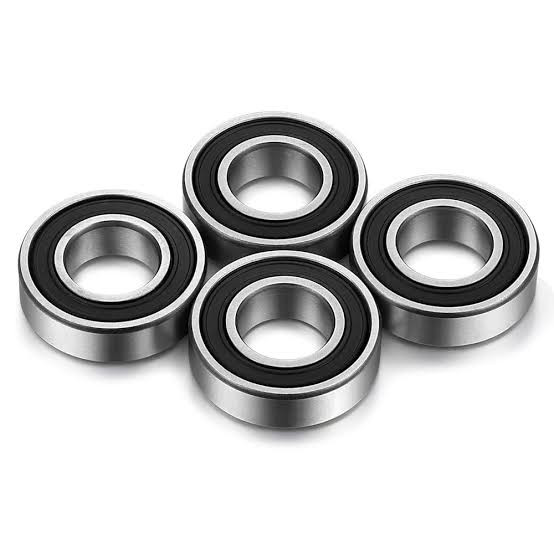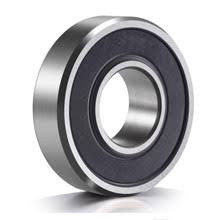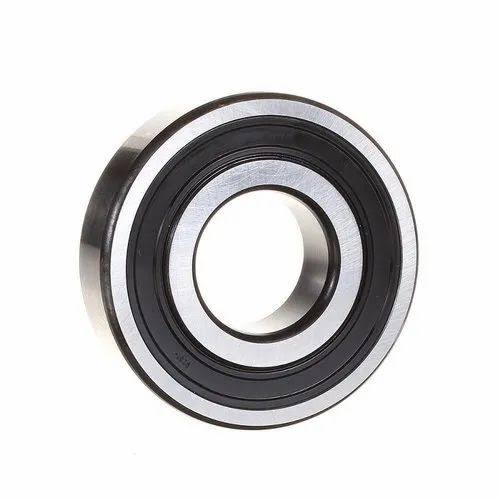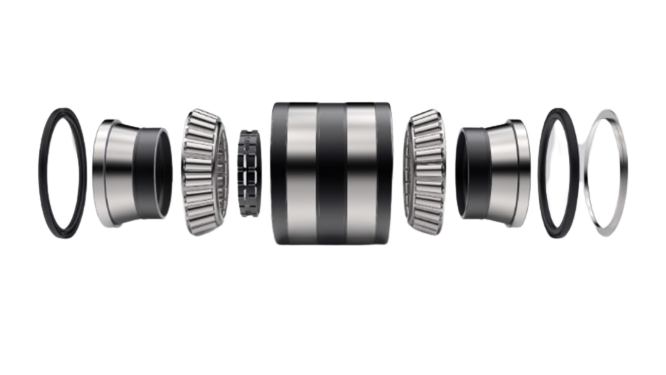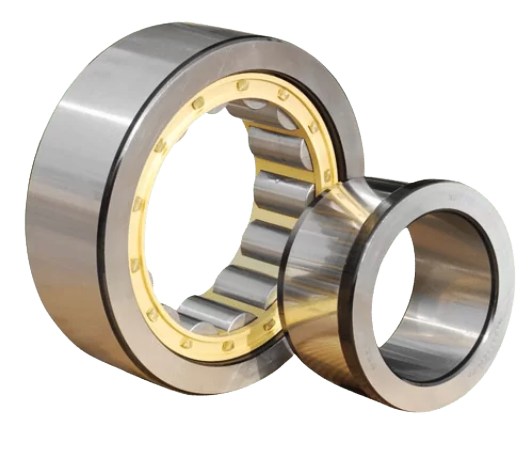BALL BEARINGS
Ball bearings are rolling-element bearings created to support loads, decrease friction, and position moving parts within machinery, facilitating smooth movement. Ball bearings contain four key components: two races (rings), the balls (rolling elements), and the retainer (which keeps the balls apart). Angular contact and radial ball bearings include an inner and outer ring, designed to support radial loads, applied perpendicular to the rotation axis.
The stationary outer race is housed to transfer radial loads. The inner race, attached to the rotating shaft, supports and steers the shaft. Rolling elements are crucial for carrying and spreading loads across raceways.
Ball bearings are categorized into various types, each designed for specific applications. Deep groove ball bearings are versatile and widely used. Angular contact ball bearings are designed for higher speeds and axial loads. Thrust bearings are used to support axial loads. Self-aligning ball bearings can accommodate misalignment and shaft deflection.

